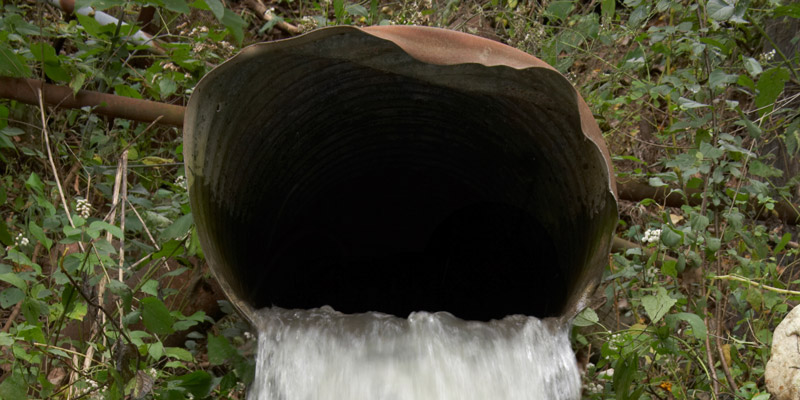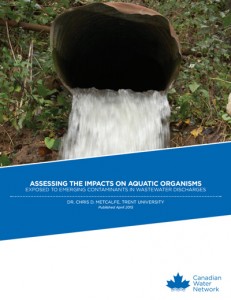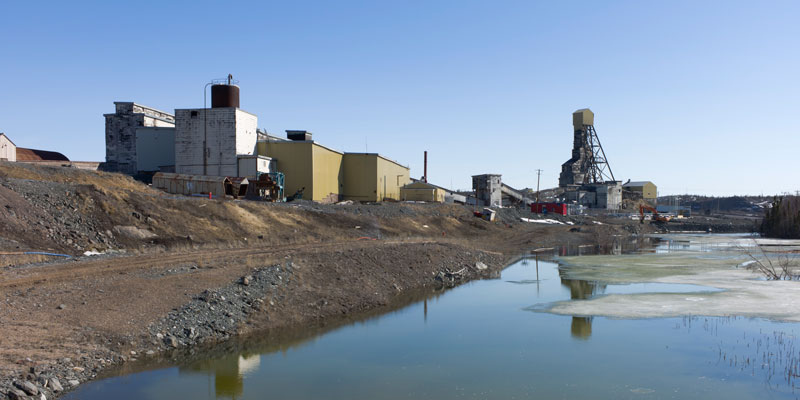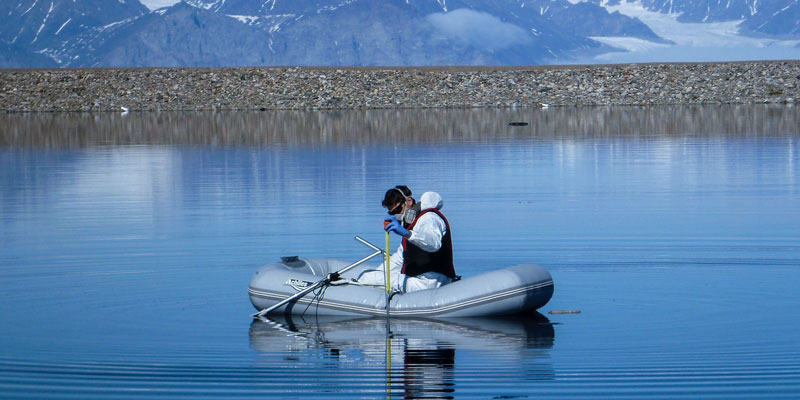Assessing the Risks of Pharmaceuticals in the Canadian Environment
Principal Investigator - Chris Metcalfe, Professor, Trent University (2001-2004)

Challenge
Although pharmaceuticals in the aquatic environment may impact humans and wildlife, there is little information on the potential biological effects. Pharmaceuticals enter the aquatic environment through the discharge of effluents from wastewater treatment plants, and they enter the earth via biosolids that are deposited in landfills or spread on agricultural land for soil amendment. Pharmaceutical compounds discharged into surface water are contaminating sources of drinking water in Canada, while pharmaceuticals bound to biosolids can leach into underlying groundwater, which may be used as a source of potable water.
While there is some existing data from Europe and North America, overall there is little information on the potential biological effects in humans and wildlife exposed to pharmaceuticals. Investigations are needed to more clearly define the distribution of these compounds in the Canadian environment and to determine the potential for impacts on humans and both terrestrial and aquatic organisms. Other chemicals that are leached into ground and surface water, such as antibacterial agents, need to be worked on further to determine whether microorganisms exposed to antibacterial agents in the environment develop antibiotic resistance.
This project, led by Dr. Chris Metcalfe, has developed a scientific framework to assess the environmental risks associated with the release of pharmaceuticals into the aquatic environment.
Project
This project addresses the research and risk assessment priorities for pharmaceuticals in the Canadian environment. The goals of this project were to: 1) fill knowledge gaps related to the distribution and effects of pharmaceuticals in the Canadian environment that were identified in two multi-stakeholder workshops in Niagara-on-the-Lake in 2002 and 2004, and 2) develop a framework for assessing the risks associated with the release of pharmaceuticals into the Canadian environment.
Researchers have prioritized pharmaceuticals according to whether they are found in aqueous or solid phases. The assessment of top priority pharmaceuticals has aided in the development of a risk assessment framework for these compounds. Additionally this project has assessed how pharmaceuticals affect aquatic organisms. For example this project studied the sub-lethal effects of pharmaceutical fluoxetine using various fish species, including medaka, zebrafish, goldfish and fathead minnows.
Results show that exposure to fluoxetine at environmentally relevant concentrations can significantly reduce the potential of fish to reproduce, and has effects on neuroendocrine balance and spawning behaviour of model fish species. Fluoxetine has also been shown to accumulate in fish tissues to concentrations approximately 200 times the aqueous concentrations.
Outputs
- Development of a framework for risk assessment related to the release of pharmaceuticals into the aquatic environment.
Outcomes
- Increased knowledge surrounding the environmental risks associated with the release of pharmaceuticals into the aquatic environment.
- The project provided water managers and policy makers with the data needed to make informed policy decisions on the release of pharmaceuticals into the environment.
- This work has helped federal regulatory agencies to develop strategies to complete environmental risk assessments on pharmaceuticals that meet legislation under the Canadian Environmental Protection Act.
- Development of an international network of researchers and partners with a focus on the issue of pharmaceuticals in the environment. This collaborative effort will increase research capacity and help to avoid duplication. Additionally, collaboration has provided opportunities for training of highly qualified personnel from Canada in the laboratories of EU colleagues.





